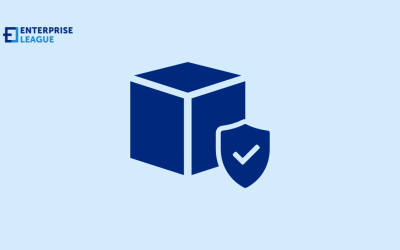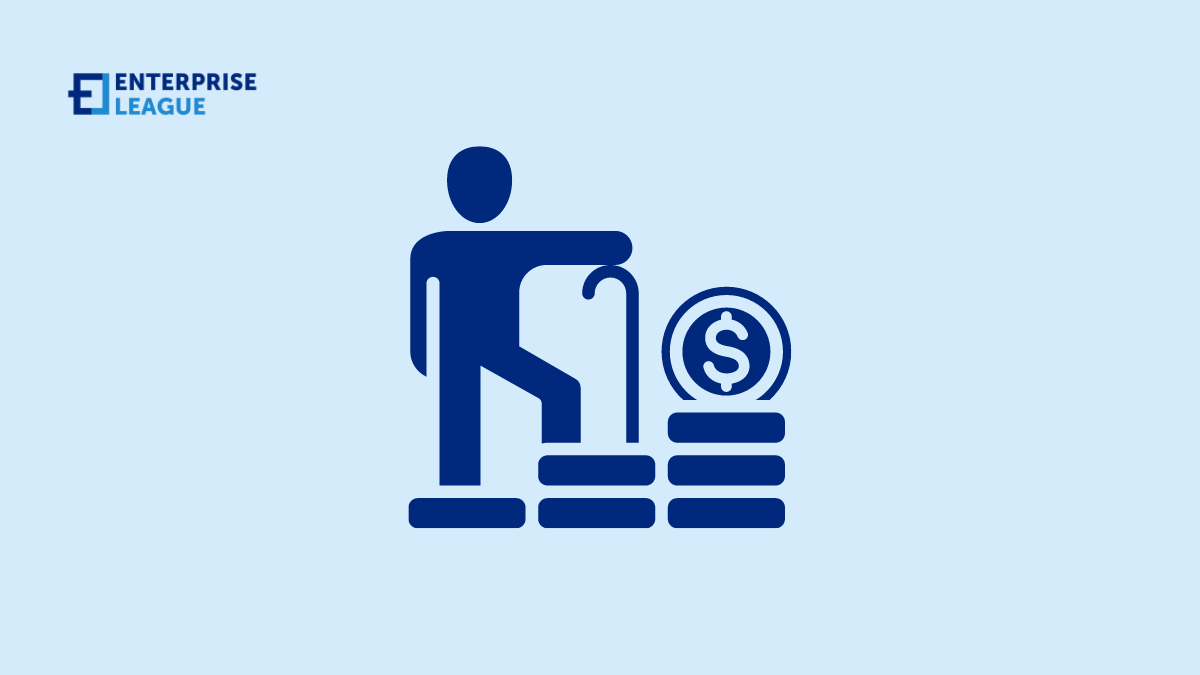From doggie daycares to pet photography, we’ve listed 18 profitable dog business ideas for canine enthusiasts seeking to transform their passion into business.

E-commerce automation: How proxies can boost your online business
With automation, we can monitor prices and handle orders at the speed of a viral track, propelling us to new levels of success. However, there’s a lurking threat – IP bans ready to mess with our hustle and this is where proxies are extremely useful.
Let’s try to decode the mysteries of proxies – the digital disguises that keep us safe while we work our e-commerce magic.
Understanding the impact of automation
Automation is not merely a tool. If you think about it, it is the cornerstone of efficiency, catapulting businesses into realms of unprecedented productivity and adaptability.
With automation as our steadfast ally, we wield the power to scan, analyze, and respond to market dynamics at the speed of thought. It’s the compass guiding our journey, empowering us to decode intricate pricing patterns and seize strategic opportunities with surgical precision.
Yet, beyond the allure of streamlined operations lies a deeper truth. Automation revolutionizes not just our workflows but the very essence of how we engage with our digital domain. It’s a catalyst for innovation, liberating creative energies to envision novel strategies and redefine customer experiences.
As we navigate this ever-evolving landscape, understanding the transformative force of automation becomes not just a competitive advantage but a fundamental imperative for e-commerce mastery.
E-commerce automation unleashed
In the mystical realm of online selling, pricing is our Excalibur. With automation on our side, we can scan prices across the digital landscape, decode market trends, and adapt like a pro strategist. By automating this treasure hunt, we secure our spot among the elite, stacking those coins like a true hustler.
Level up your order fulfillment game
Quick and accurate order fulfillment is the key to keeping customers happy. With automation in play, we can whip up shipping labels, manage stock like a pro, and hit them with tracking info smoother than a chart-topping beat drop. That’s how we create an experience that keeps them coming back for more.
Decoding IP bans
The bigwigs of e-commerce got their shields up against abuse. That’s where the dreaded IP bans come in – the bane of high-volume automation. These bans can throw shade on our hustle, leading to lost profits and maybe even some legal drama. As such, it’s crucial we know how to deal with them.
The risks of going full-throttle
Dropping a barrage of automated actions can trigger those pesky IP bans. These curses pop up when the digital guardians catch a whiff of too many requests from one spot, like when a track blows up overnight. Watch out – these bans can mess with our pricing game, inventory checks, and order flow, putting a dent in our hustle.
Proxies
Check this out. Proxies are like our secret weapons. No, scratch that. Proxies ARE our secret weapons, shielding us from the digital police. These magical tools cloak our identities, letting us roam the web without worry. With Mars Proxies, compatible with most shopping bots, by our side, we can slip past the guards, spreading our automation across different spots and keeping our business secrets safe.
In truth, proxies aren’t just tools – they are the keys to ruling the digital realm. By hiding our tracks and playing it low-key, proxies let us navigate the rough waters of e-commerce like champs. In this era of online battles, proxies are the magic that ensures our victory, letting us focus on crushing it in the game.
What’s the importance of nailing proxy tactics? In the e-commerce showdown, how you use proxies can make or break your game. Whether you’re after speed, stealth, or resilience, there’s a proxy for every vibe. Choose wisely because your e-commerce empire hangs in the balance.
Conclusion
In the epic tale of e-commerce dominance, automation is our fire. But lurking in the shadows are those pesky IP bans, ready to rain on our parade. But fear not because proxies are our shields. With their power, we’ll sail through the rough seas of e-commerce, snagging that throne-like true bosses. That said, let’s raise our wands high and charge ahead, shall we? The e-commerce throne is ours for the taking!
More must-read stories from Enterprise League:
- Things to consider before deciding on a business location.
- Getting your product in stores doesn’t have to be complicated.
- Find out everything you need to know about the 10 Ds of entrepreneurship.
- A step-by-step guide to teach you how to write a business essay.
- Smart ways to enhance the efficiency of your business.
Related Articles
Top 18 dog business ideas in 2025
Top benefits of using general-purpose enclosures for electronics protection
Let’s explore the benefits of using general-purpose enclosures for electronic protection and why they are essential in both residential and industrial settings.
16 best small town business ideas that you can start today (2025)
From bakeries to bookstores, we’ve listed 16 profitable and promising small-town business ideas suitable for small-town entrepreneurs seeking new ventures.
Ways Salesforce can boost your business
Find out how to use Salesforce to scale your business. The software allows you to stay on top of your customers, manage leads, and even have a system for employees.
Handling compliance challenges in modern enterprises: Tools and best practices
From data privacy to sustainability reporting, learn how successful companies are handling modern compliance challenges with the right tools and approaches.
















